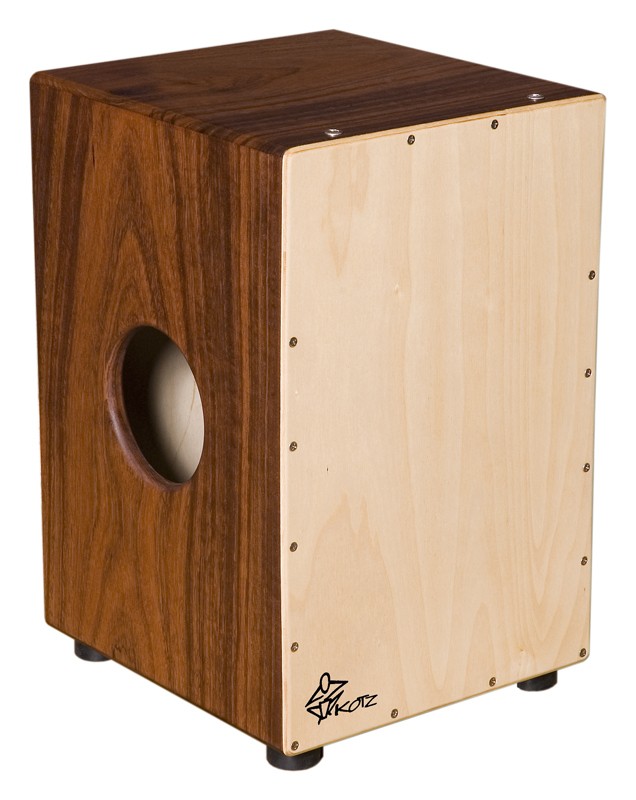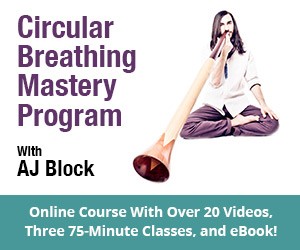Who didn’t want to be a rock star when they were growing up? It’s pretty common knowledge that all-around learning, brain development and improved social skills have been linked to playing a musical instrument. So whether you hope that your child will be the next Mozart or you just want them to have an outlet for their creativity, check out this list of potential instruments that they can play and love.
1Piano/Keyboard

Many of us adults remember our parents forcing us to take piano lessons and perform recitals, which more than likely led us to take our interests elsewhere. In reality, it’s all about the right attitude and encouragement. What’s hard for children to see is that learning the piano or keyboard is so special because it forms the basis of so much music. It is one of the few instruments in which all elements of music (melody, harmony, rhythm and dynamics) can be expressed at all levels of complexity. Not only that, it is a very clear instrument to learn (you can start by just pressing one key) and its a great stepping stone for kids to then move over to other instruments.
2Guitar

Next to piano, the guitar is the most popular instrument for children to learn. Many look up to their favorite popular musicians and want to emulate them. Like the piano, the guitar is another great foundational instrument and has the added benefit of being able to learn familiar songs easily. The guitar will not only teach them the basics of music, but also help them develop manual dexterity that can be applied to other instruments and other aspects of life.
3Bass Guitar

The bass is an often under-appreciated instrument, but in many bands it plays a cornerstone role. We often think of the bassist in the background, holding down the groove. When we go to a concert or listen to music on nice speakers or headphones, it is the bass that gives a song depth. The bass is tuned similarly to guitars but instead of six strings, your child is just working with just four which makes the instrument much more manageable. The fingers need to be a bit developed to play bass, so starting on a smaller string instrument such as guitar, ukulele, cello or violin may be a good starting point for a future bass player. Professional musicians say that a good bass player will never be without work because it is such an in-demand instrument for live acts.
4Ukulele

What’s nice about the ukulele is its small size. Beginner ukuleles are just the perfect size for kids and it can be pretty easy to learn a few chords and play some familiar songs in a short amount of time. And let’s be fair: unlike some of our other recommendations, the ukulele is a fairly quiet instrument, which is nice if you have to listen to your child practice for hours on end!
5The Drums

Parents often want their kids to be quieter, not louder. But the drums are so much fun and can be a great outlet for kids dealing with aggression and teenage angst! Drum studies teach kids rhythm which is an essential element in all music. With the drums, everything is built around rhythm and drum students don’t necessarily need to learn harmony or certain aspects of music theory which can be quite mental and a big turn off for a lot of music students. Great news for today’s parents: there are now a number of electronic drum kits on the market which result in much quieter spaces while your child plays and listens on headphones (link). This gives them all the benefits of the drums, and they can just practice with headphones on turning one of the loudest instruments into one of the quietest!
6Recorder, Flute and/or Clarinet

Technically speaking, one of the easiest woodwinds to pick up is the recorder. Many schools will have group recorder classes and a simple fingering chart may be enough for a parent to teach a child. Most teachers use the recorder as an introductory instrument to either the flute or clarinet, both of which use a similar fingering system. The recorder is very portable and it teaches the important beginning techniques of woodwinds—the breathing and finger positioning. Once a child spends some time with the recorder they will be ready to tackle the more difficult mouthpieces of the flute or clarinet, or other woodwind instruments.
7Saxophone

The saxophone is another woodwind instrument that is popular among music students. Its versatility is what makes it a great instrument option, finding a place in a wide variety of genres including R&B, Rock, Blues and Jazz! There are a number of different size saxophones including soprano, alto, tenor and baritone, and it makes a great crossover with clarinet and flute.
8Cajon Drum and other hand drums

The cajon is a Peruvian percussion instrument that has been slowly entering many genres of music. It provides a wide variety of sounds and can be played with bare hands, sticks or brushes, making it very fun experiment with. It’s sound resembles that of a full drum kit as it has a low bass sound (when hitting the center of the face) or a higher snare sound (when hitting the edge of the face). Best of all, it is relatively lightweight and compact, so its easy to move around and store when not in use.
9Violin

The violin definitely has a steeper learning curve than some of the other instruments on this list. This is because playing violin requires manual dexterity and a good ear for intonation being developed simultaneously. If your child can push through the initial stage with the violin, then they will be will on their way to understanding the complex beauty of this instrument.
10Didgeridoo

One of the easiest wind instruments to learn, the didgeridoo is a great instrument for kids and adults alike. With no moving parts, slides or keys, the didgeridoo is an instrument that requires techniques that utilize the tongue, cheeks, abs, throat and voice muscles, among others. Many children didgeridoo players find the instrument fun to play and love to learn how to imitate different animal sounds with the instrument. Learning the instrument is great for coordinating the breath with rhythm and timing. Check out Didge Project’s free didgeridoo lessons online.
So Many Musical Instruments For Children To Learn!
There is such a wide variety of musical instruments out there and this article has only begun to scratch the surface. Whether you and your child decide on a percussion, wind or string instrument, we encourage you as a parent to let the child explore wherever their heart takes them. Give your child the opportunity to dive into their creative side so that they can let their inner artist shine.
Author Bio
Diego Cardini has a passion for music since he was 12 years old. Enjoying jamming and teaching, he runs The Musician Lab, a space to learn and get involved with music.












This article is going to help on my project a lot. see i play bass and drums and even though I know how to play them i’m going to have a hard time explaining to my teacher why its good to play them. this will help me come up with that explanation. and don’t worry, no plagiarism.
Ukulele is the best easiest musical instrument for kids
Everything you listed is great, but I think piano/guitar/drums stand out. These 3 work best in music and educational development of kids in my opinion.
Comments are closed.